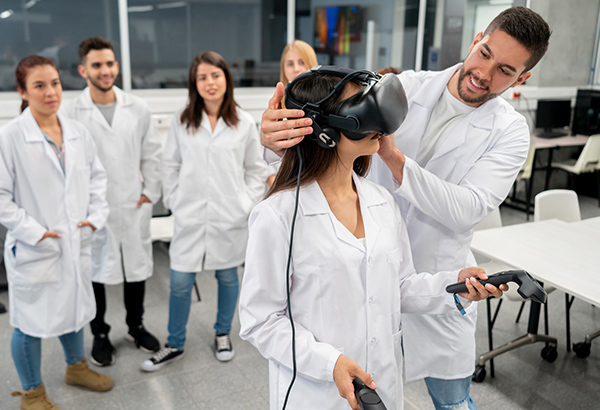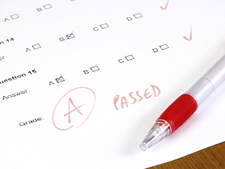Description
How Can I Apply Virtual Reality to Create Meaningful Assignments and Assessments?
Using best practices when planning and implementing virtual reality (VR) in the classroom will improve student learning outcomes. Knowing how to assess and evaluate VR content for use in the classroom will make for more engaging and content-filled assignments.
This 20-Minute Mentor focuses on the assessment and course design aspects of VR and provides evidence-based best practices for:
- Planning for and carrying out VR assignments
- Assessing and selecting VR experiences for classroom use
- Real-world examples of VR in the classroom
Additionally, participants are given resources to apply Bloom’s Taxonomy to VR applications and identify how VR assignments can supplement and enhance existing pedagogical practices and ultimately create an implementation plan.
Learning Goals
After viewing this Magna 20-Minute Mentor, participants will be able to:
- Pinpoint the best practices for implementing VR in the classroom, including the preparation and implementation phases of planning
- Assess and evaluate VR experiences for use in the classroom in context of low- mid- and high-level Blooms Taxonomy
- Create a plan to implement VR assignments
Topics Covered
- VR assignment best practices
- Assessing VR applications for use
- Finding where within Bloom’s Taxonomy guidelines VR assignments can be implemented
- How to integrate VR into your course curriculum
Audience
This program will benefit:
- Faculty teaching in any modality
Product Code: PM23GA





